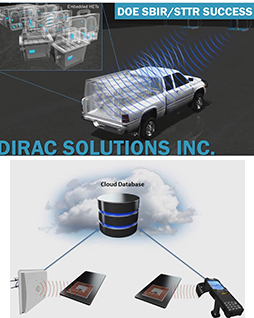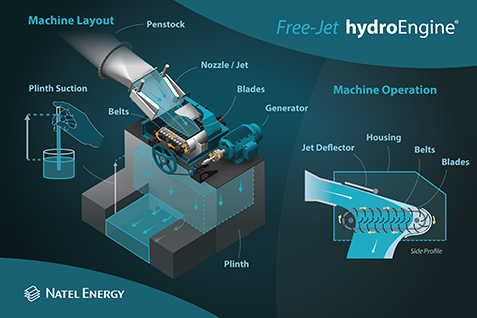A Nanotechnology-Based, Self-Healing, Chromate-Free Conversion Coating For Magnesium Alloys
NEI’s NANOMYTE® PT-60, a breakthrough coating for magnesium alloys provides exceptional corrosion resistance while also improving adhesion with an overlying paint.

R&D Opportunity
In FY 2008, the DOE Office Energy Efficiency and Renewable Energy funded SBIR R&D to utilize innovative materials that could provide significant weight savings for automotive structures as a means to improving automotive fuel economy. Magnesium is increasingly being used in various industries including aerospace, automotive, construction, computers, medical, consumer electronics, and the military. The low density of magnesium and high strength-to-weight ratio (second only to titanium) makes it one of the lightest and strongest metals available. The high degree of castability makes magnesium a good candidate for lightweight applications, such as fuel-saving vehicles resulting in a smaller carbon footprint. Although great strides have been made in recent years in the development of high strength steels, composites, magnesium challenges manufacturers to address magnesium’s poor corrosion resistance under certain environmental and operating conditions (e.g., galvanic coupling with dissimilar metals).
Protective coatings applied to the surface of magnesium parts can slow the rate of corrosion and maintain structural integrity and appearance. Over the years, the most widely used conversion coatings for magnesium alloys have been based on hexavalent chromium, also known as hex-chrome or chromate. A chromate conversion coating (CCC) has the special ability to “self-heal,” i.e., repair itself if scratched or damaged, thereby providing active corrosion protection of the underlying metal. However, the use of hex-chrome has been drastically curtailed because of its carcinogenic nature and harm to the environment. Although chromate free conversion coatings are available, the corrosion resistance they offer, in the absence of the ability to self-heal, does not match that of the CCC.
Solution
Using DOE SBIR funding, NEI Corporation has developed a chromate-free conversion coating for magnesium alloys that independently provides exceptional corrosion resistance while also improving adhesion with an overlying paint layer (primer). The NEI conversion coating, NANOMYTE® PT-60, performs as well as or better than a conventional chromate conversion coating in terms of protection against corrosion and has already demonstrated evidence of self-healing. Results also show performance approaching that of a state-of-the-art anodized coating, which is another well-established technology to protect magnesium alloys.
Impact
The DOE SBIR funded R&D enabled NEI to advance the PT-60 technology readiness level from 3 (laboratory proof of concept) to 6 (prototype demonstration in a relevant environment) in just over a year after the initial technology concept was formulated. NEI is now demonstrating the benefits of PT-60 in practical situations that involve mitigating the degradation of structural integrity and the deterioration of physical appearance of U.S. Army assets made from magnesium. Additionally, PT-60 is a commercially available product and has been effectively demonstrated on prototype components. Currently, evaluation and validation of this technology is underway at companies in the automotive, aerospace and hand held device value chain. Finally, PT-60, initially designed for magnesium alloys is now being tested on other metal alloys including zinc plated steel and galvanized steel.
Contact
Krista Martin
NEI Corporation
kmartin@neicorporation.com
Related Links
Highlight Categories
Program: EERE



